Produced on the occasion of Rossella Biscotti’s 2013 exhibition The Side Room, at Secession, Vienna, 5 July–1 September, 2013. With texts from Carolyn Christov-Bakargiev, András Pálffy, Bettina Spörr, Laboratorio Onirico.
Designed by Louis Lüthi.
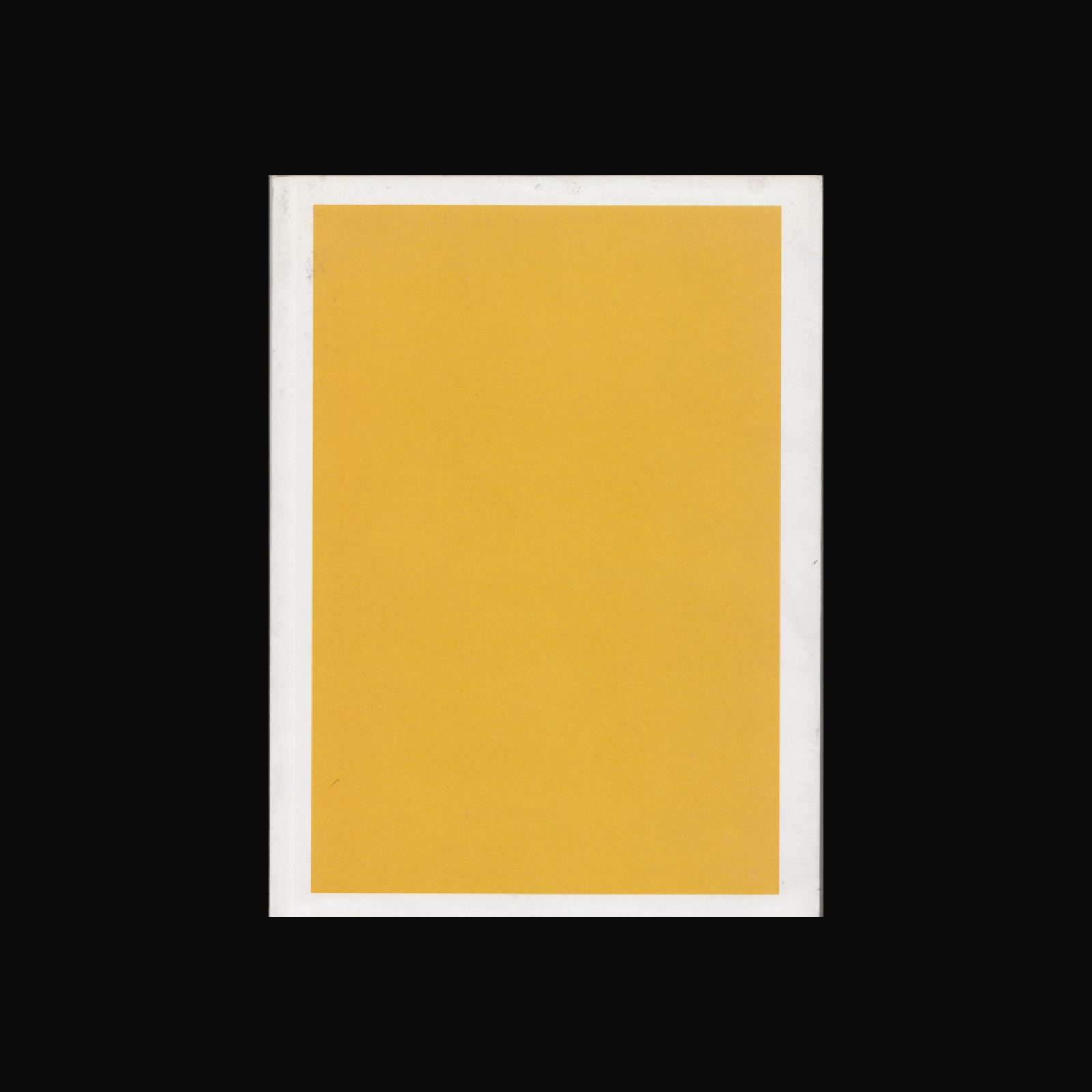

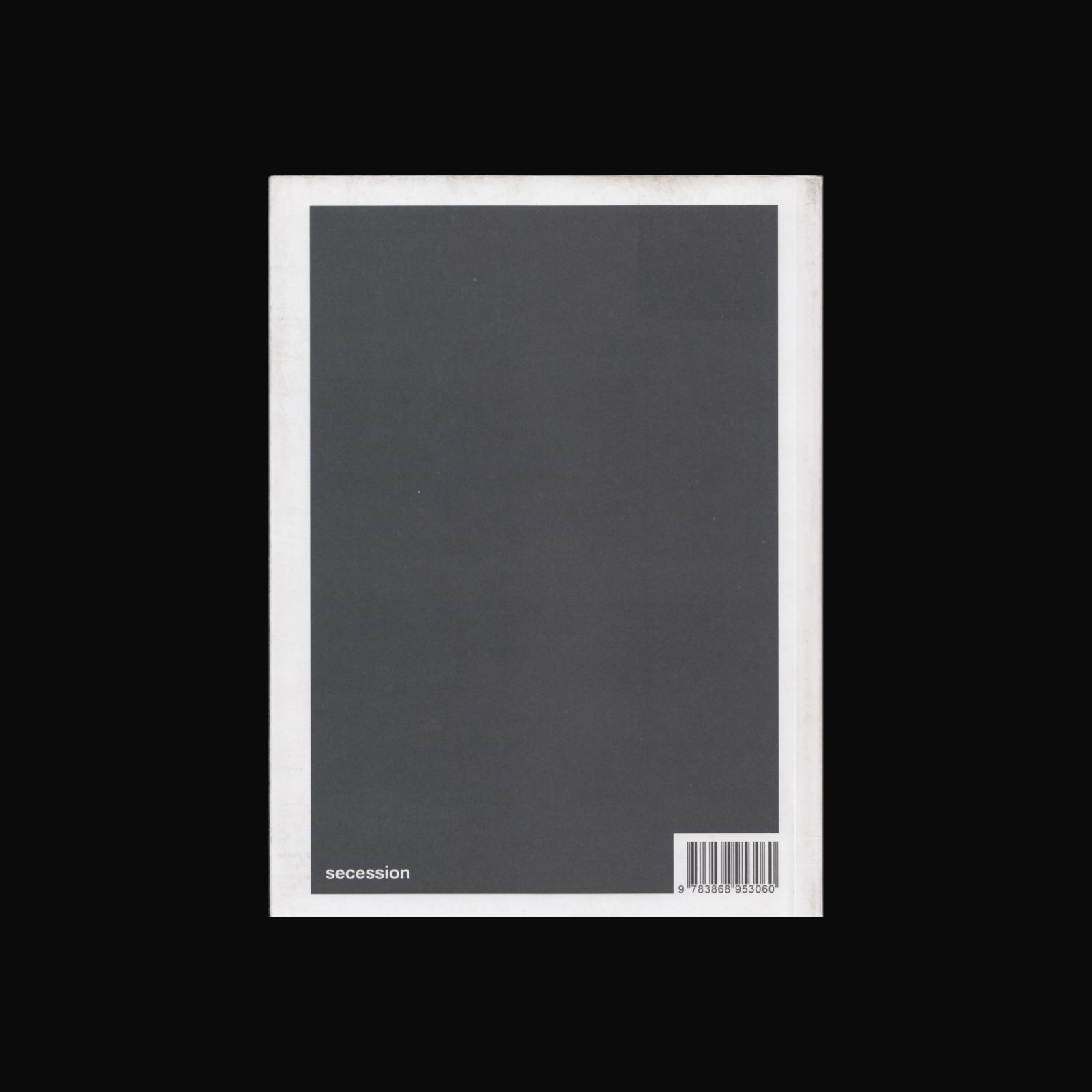
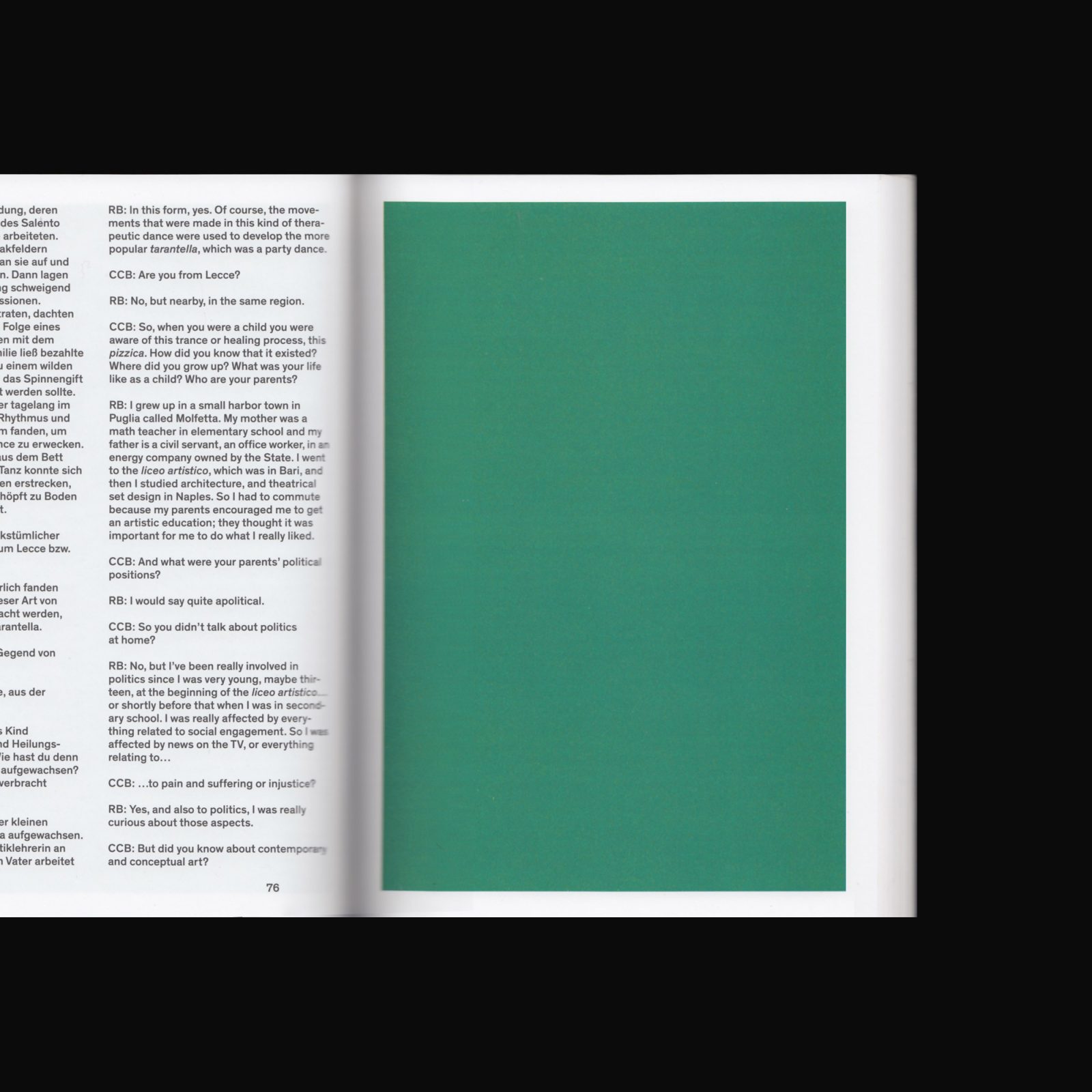
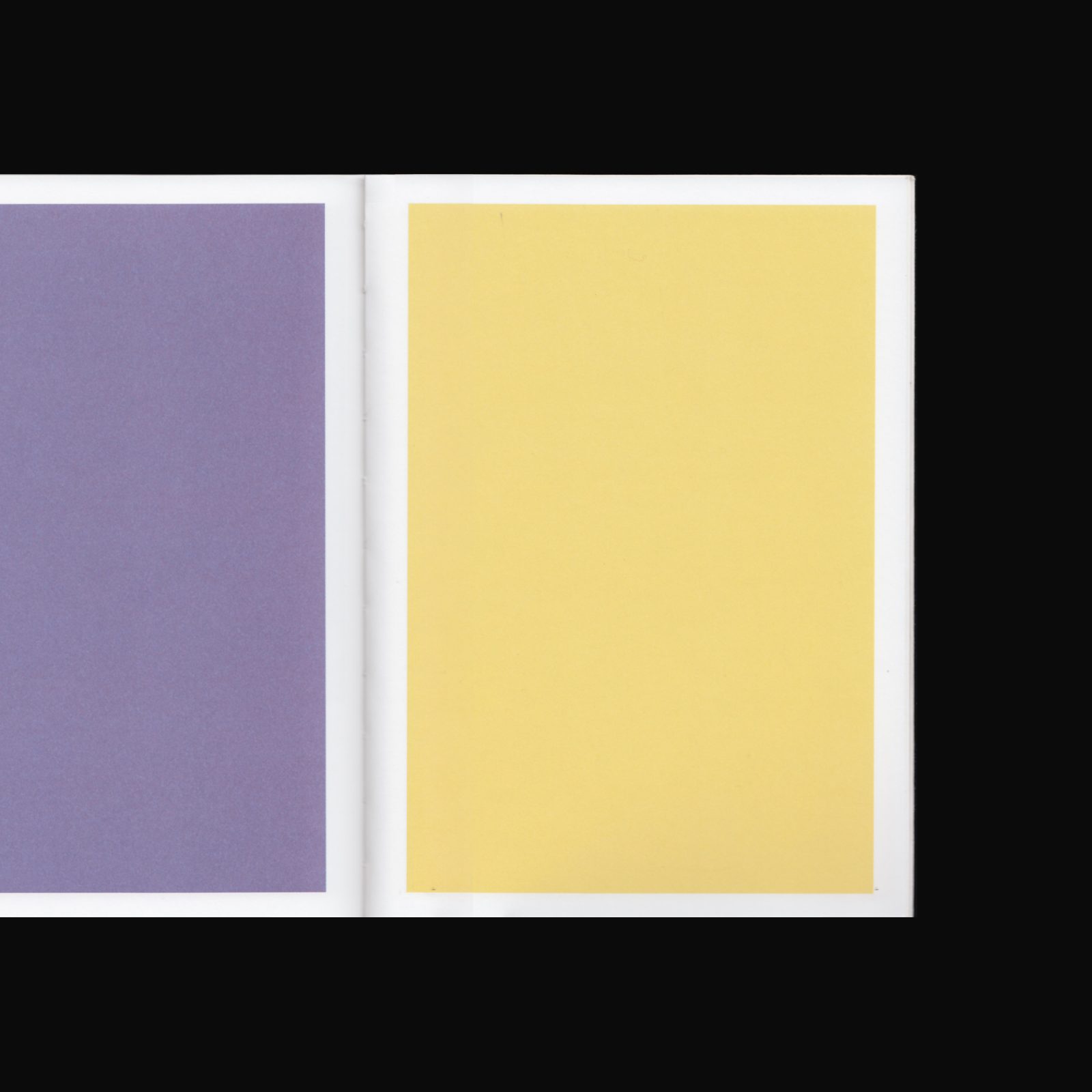
Produced on the occasion of Rossella Biscotti’s 2013 exhibition The Side Room, at Secession, Vienna, 5 July–1 September, 2013. With texts from Carolyn Christov-Bakargiev, András Pálffy, Bettina Spörr, Laboratorio Onirico.
Designed by Louis Lüthi.
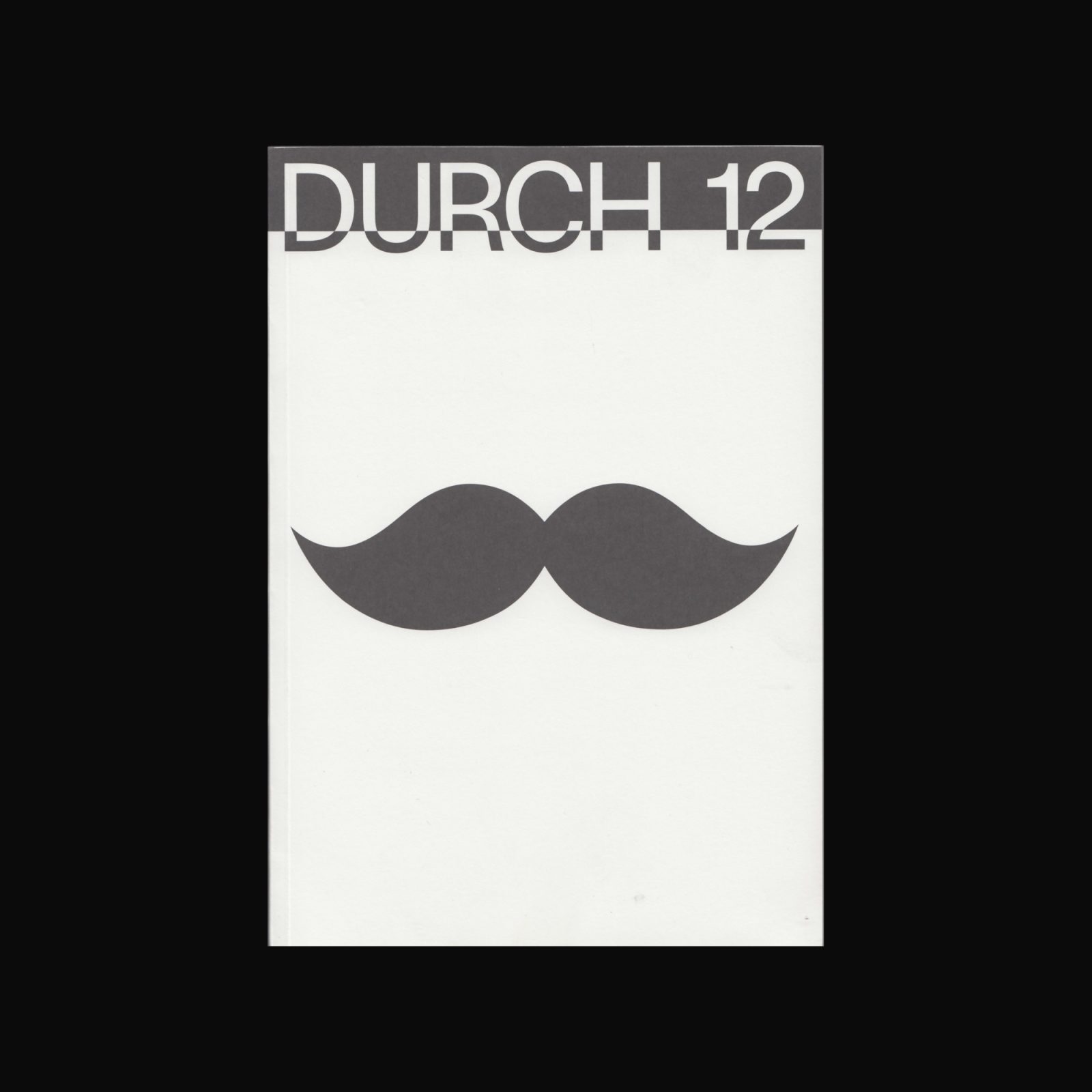

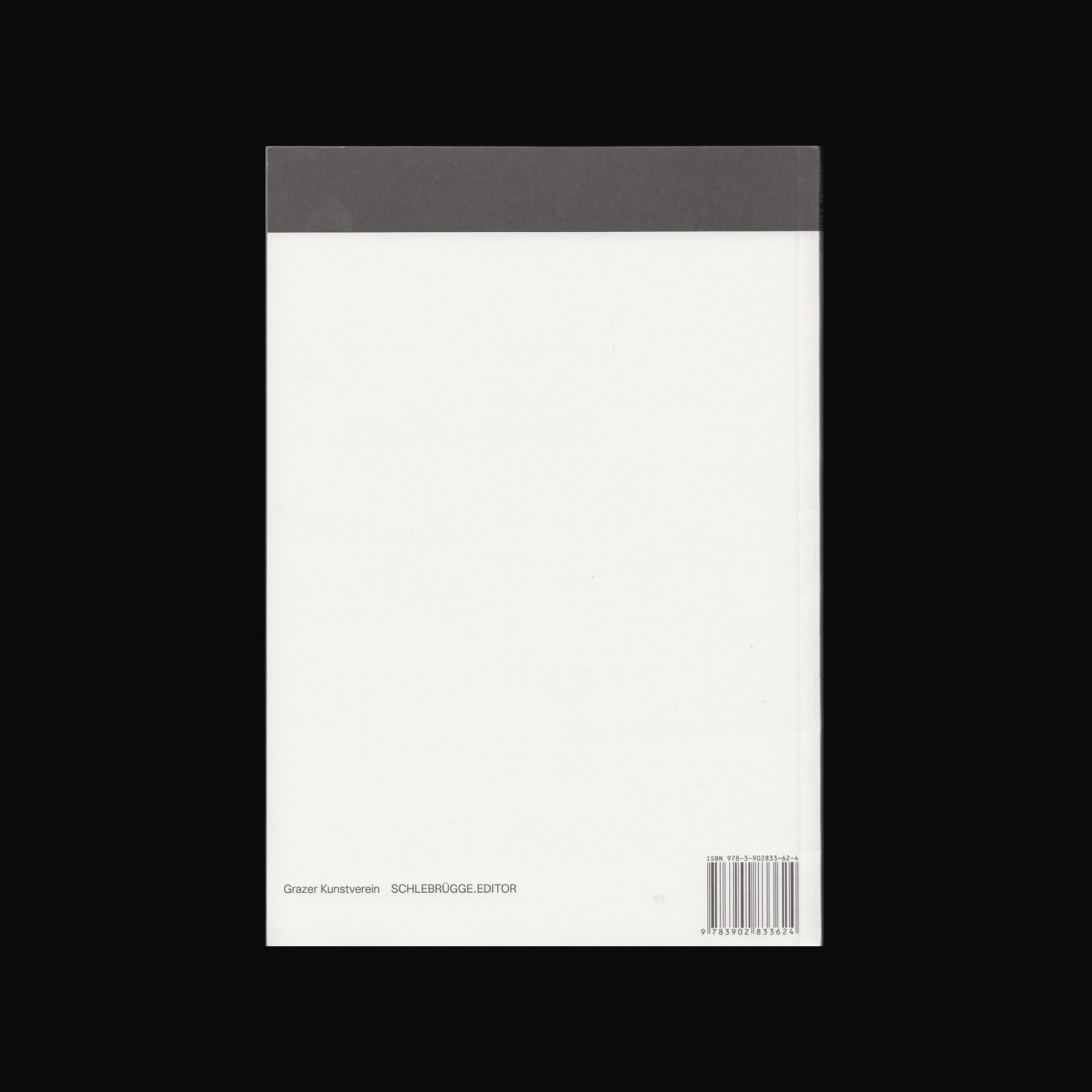
Designed by Marc Hollenstein.
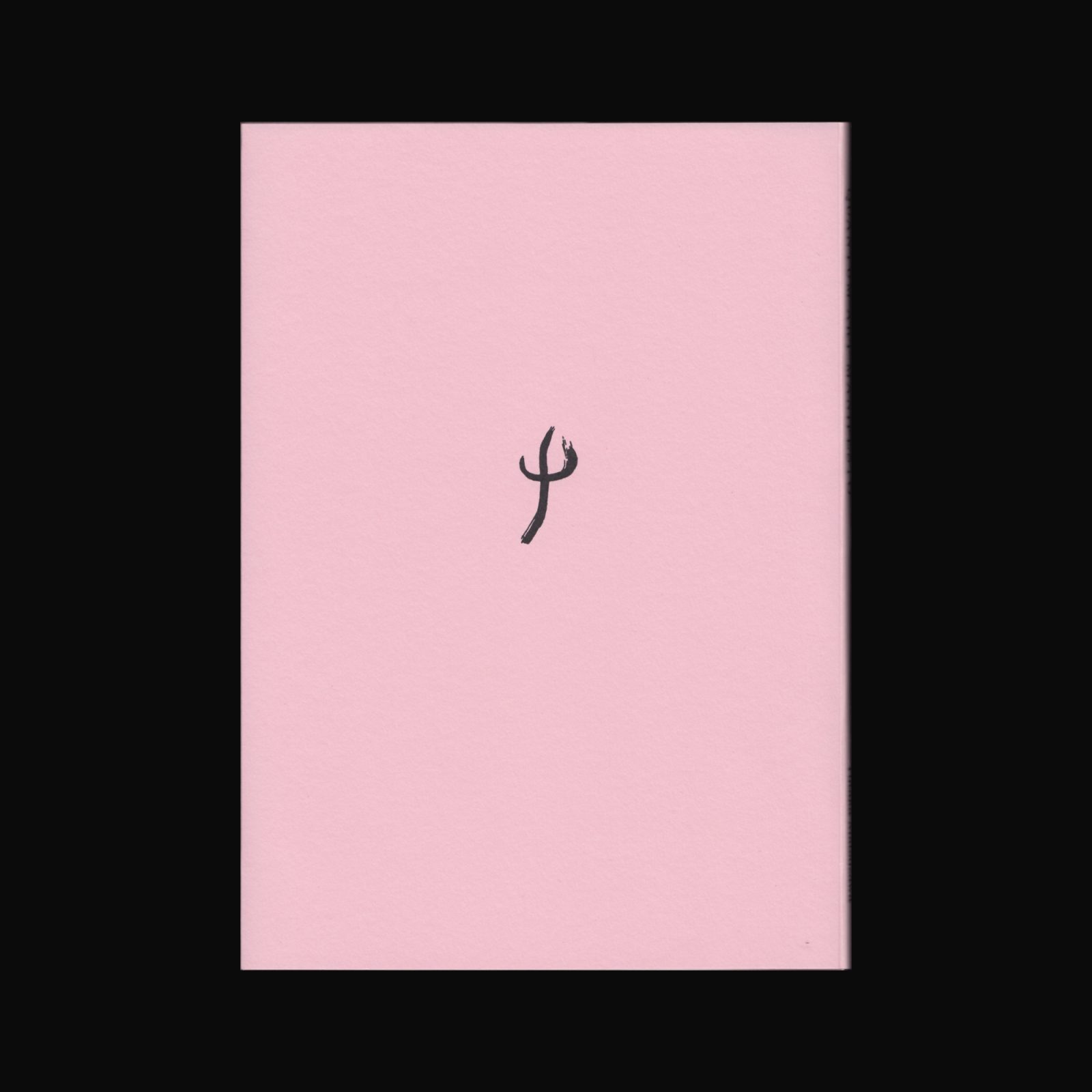


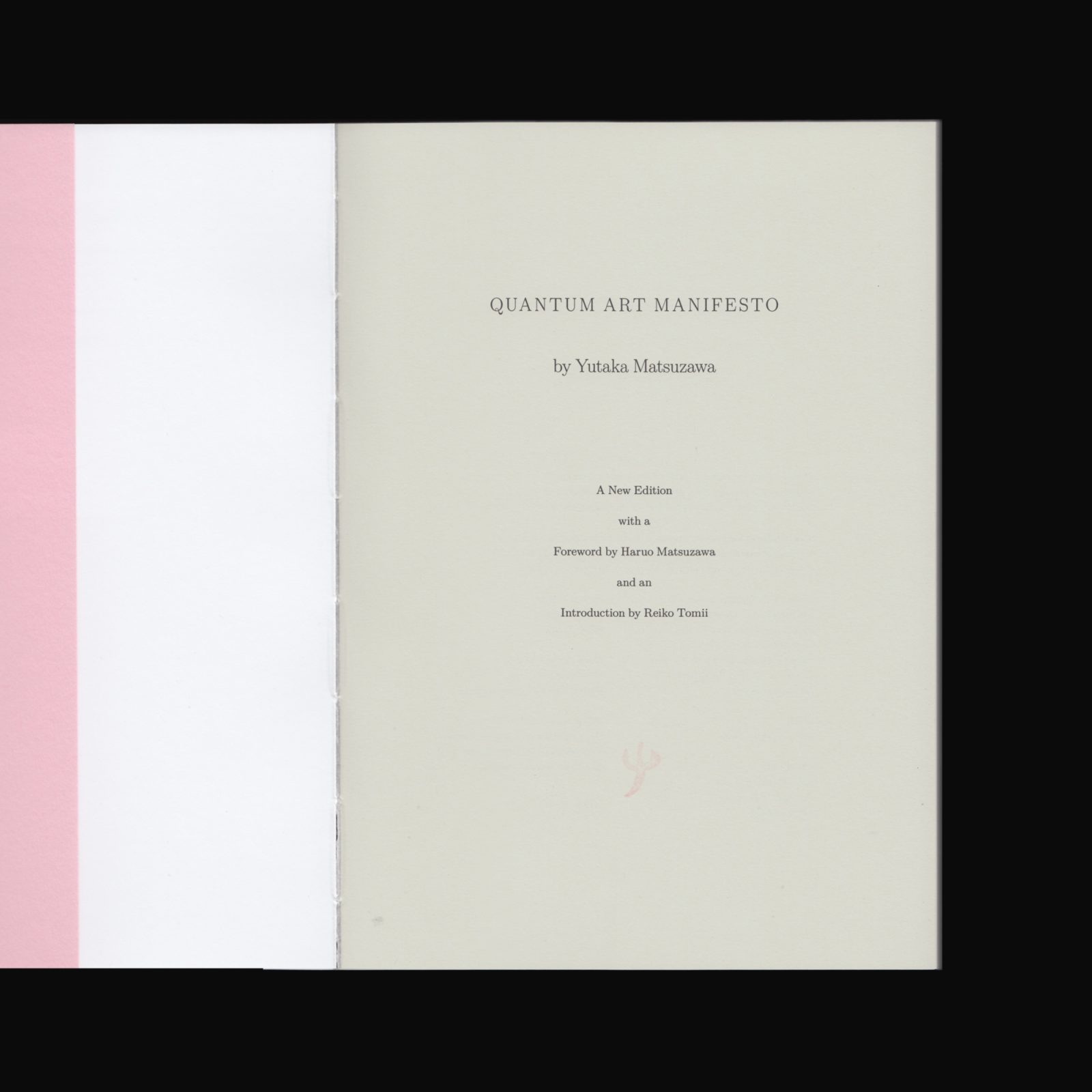
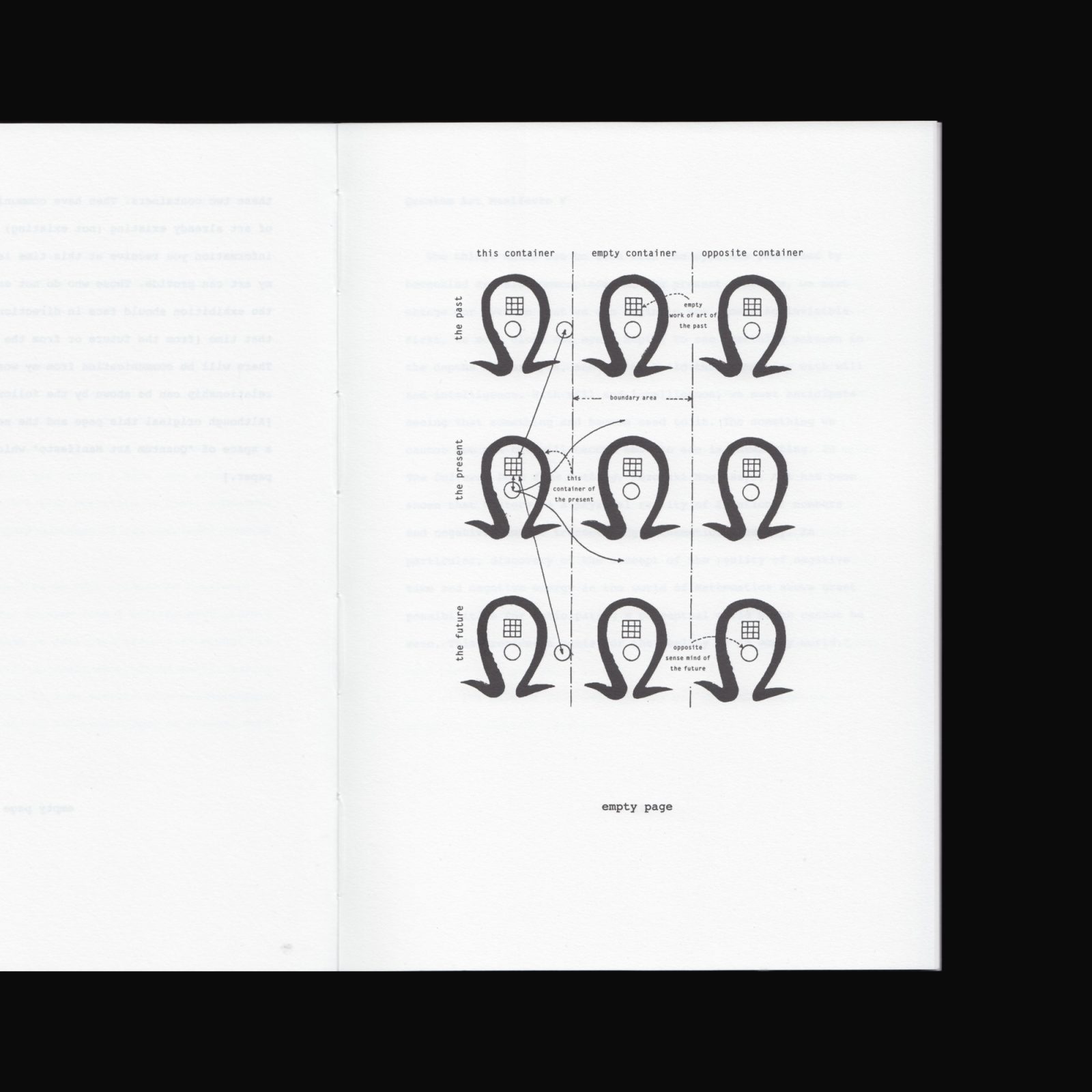
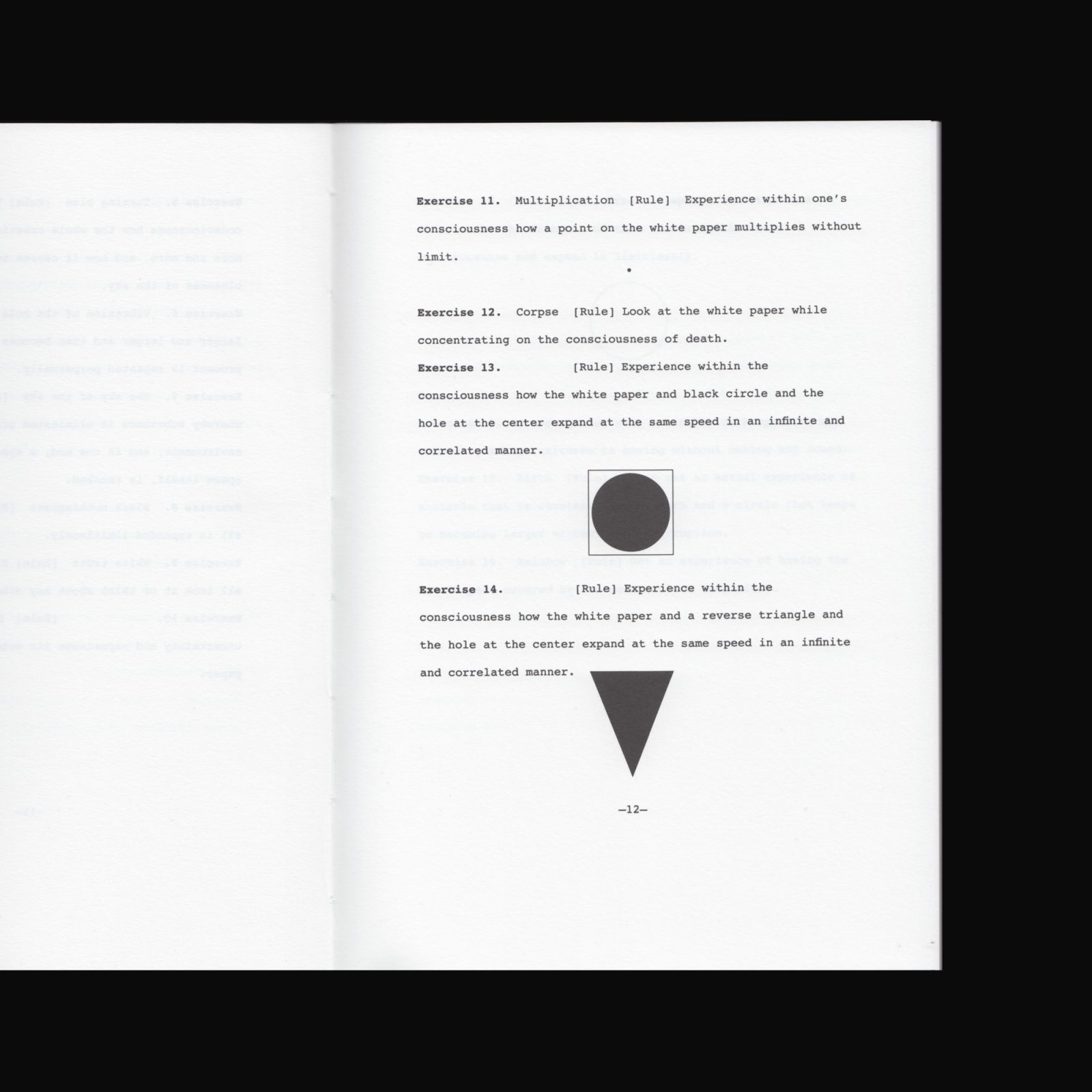
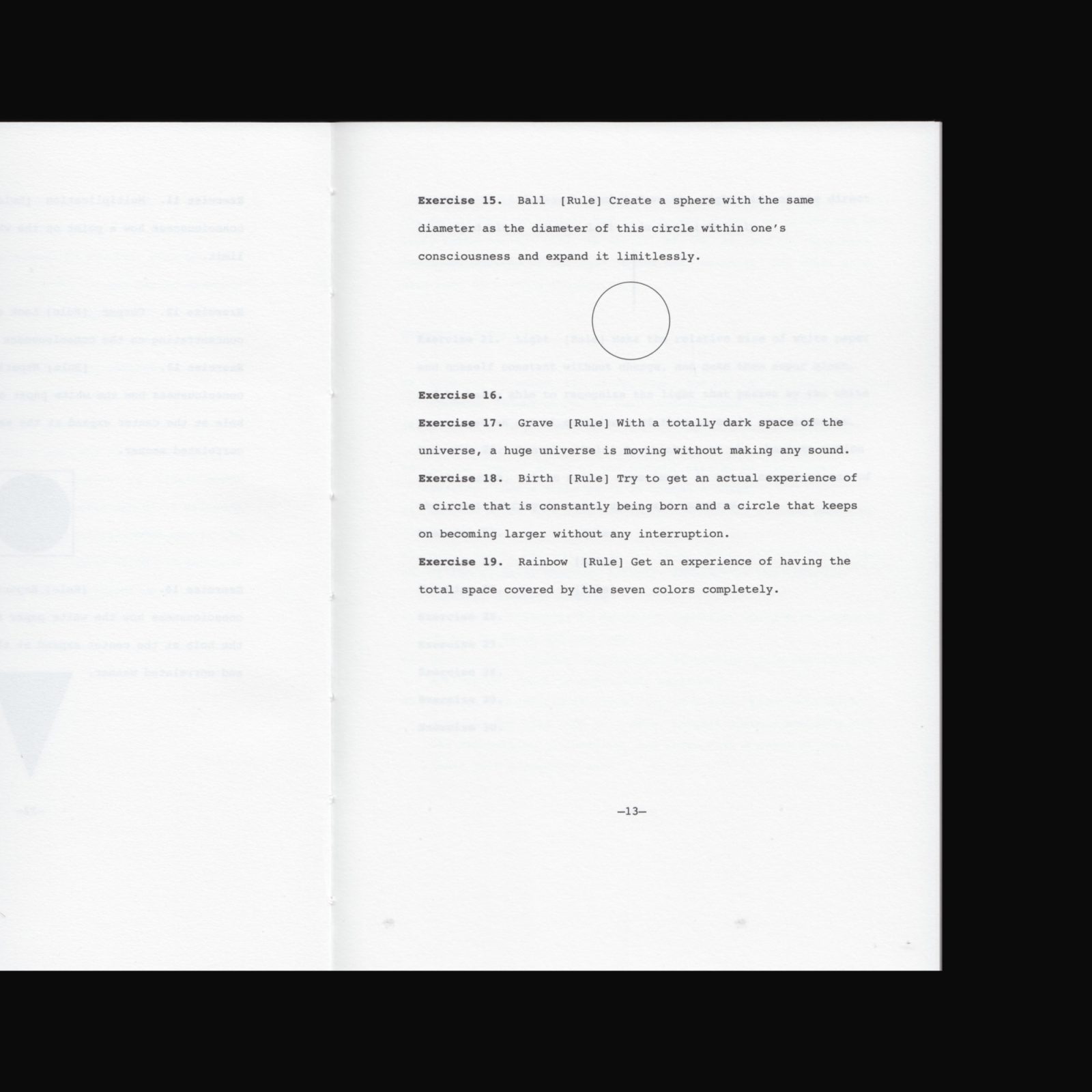
Yutaka Matsuzawa (1922–2006) was considered the father of Japanese conceptual art. In his pursuit of ways to express the invisible invisibly, Matsuzawa developed a unique understanding of conceptual art that both elevated and transcended the typical notions of conceptual art in the western, euro-centric art worlds.
A new edition of Yutaka Matsuzawa’s groundbreaking book, Quantum Art Manifesto was published on the occasion of the exhibition Yutaka Matsuzawa at Yale Union, curated by Alan Longino and Reiko Tomii. Including the original Japanese text, the original English translation (with minor edits), a foreword by Haruo Matsuzawa, and an essay by Reiko Tomii.
Offset printed by Gary Robbins at Container Corps with tipped-in color fields and Matsuzawa’s Psi stamp. Exposed spine Smyth-sewn binding. Dust jacket letterpressed by Aaron Flint Jamison. This new edition of the publication is now also out of print. Images of the exhibition can be seen here. And a text by Alan Longino on Yutaka Matsuzawa can be found here.
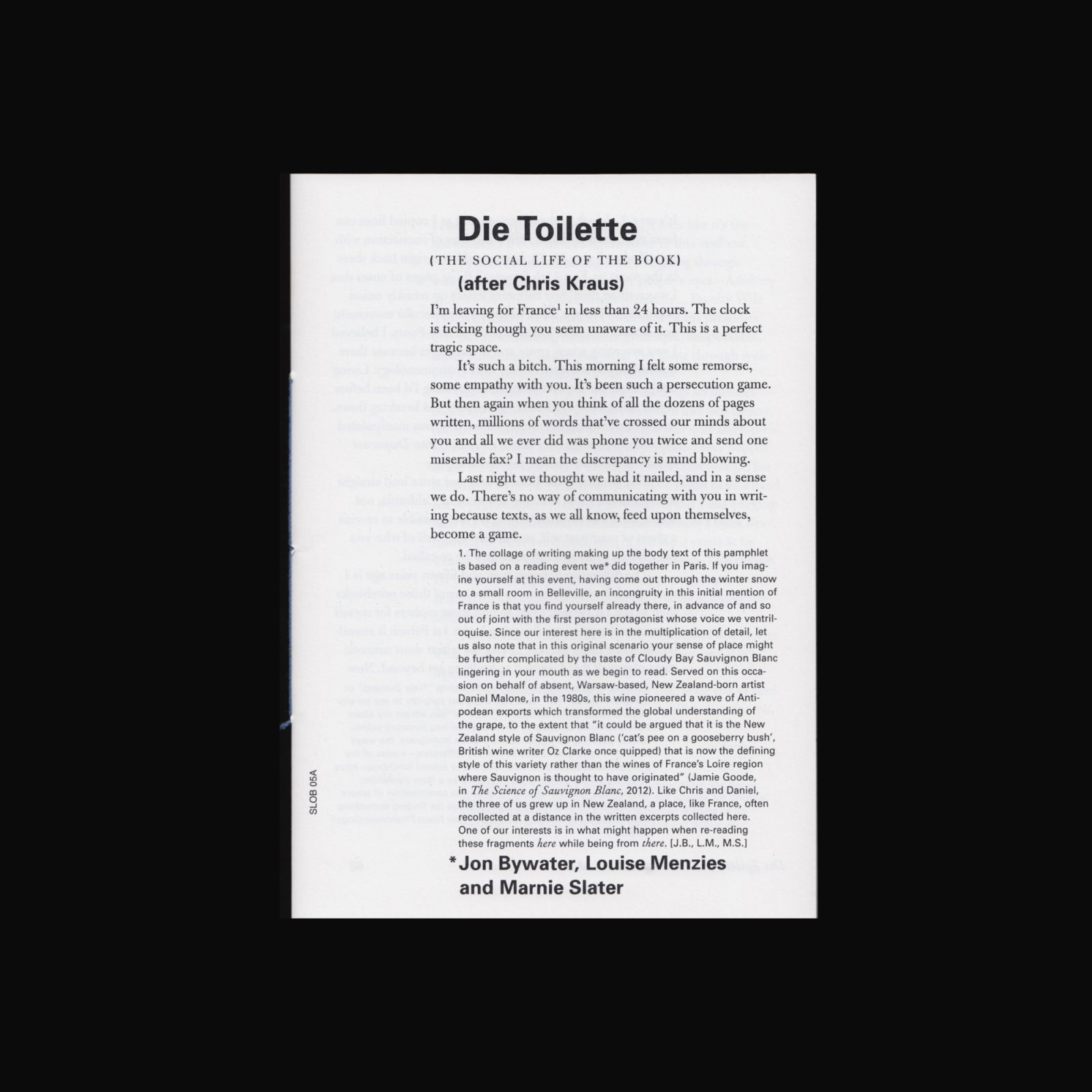
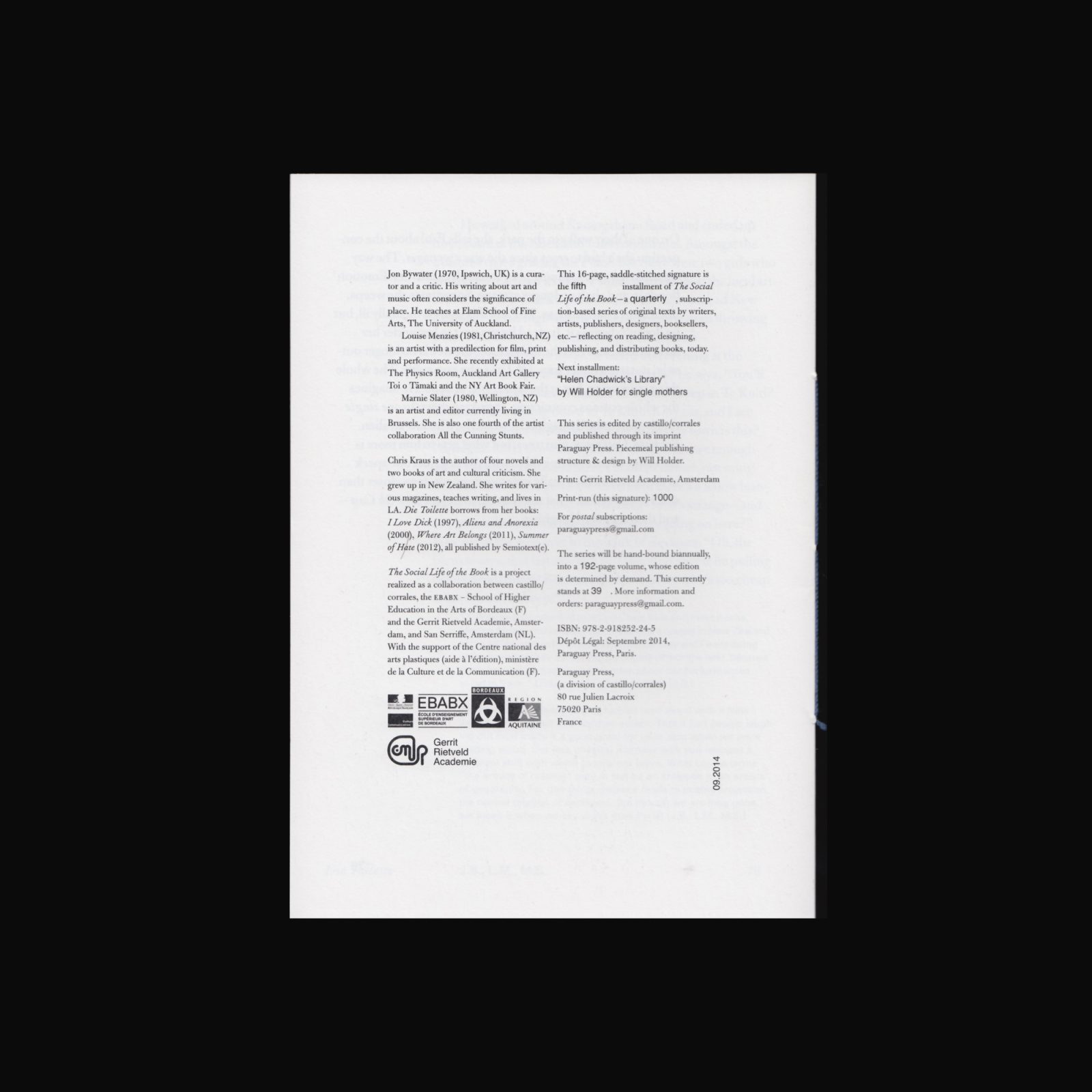
The 5th installment of The Social Life of the Book series is a an assemblage of text fragments taken from different books by LA-based writer Chris Kraus, conceived and annotated by artists and writers Jon Bywater, Louise Menzies and Marnie Slater. By reading through Kraus’s texts looking for traces of New Zealand, where she grew up, the three Kiwis question the representation of the distant; how it is embodied by characters, situations, language, and in the writing/reading dynamics Kraus creates.
The Social Life of the Book is a collection of commissioned texts dealing with books, and how they engage with the circulation of ideas and the agency of social situations. It brings together artists, publishers, writers, designers, booksellers, etc. who consider books less as finished objects or forms but for their disruptive potential and their ability to produce new relationships, new publics and new meanings.
Designed by Will Holder.
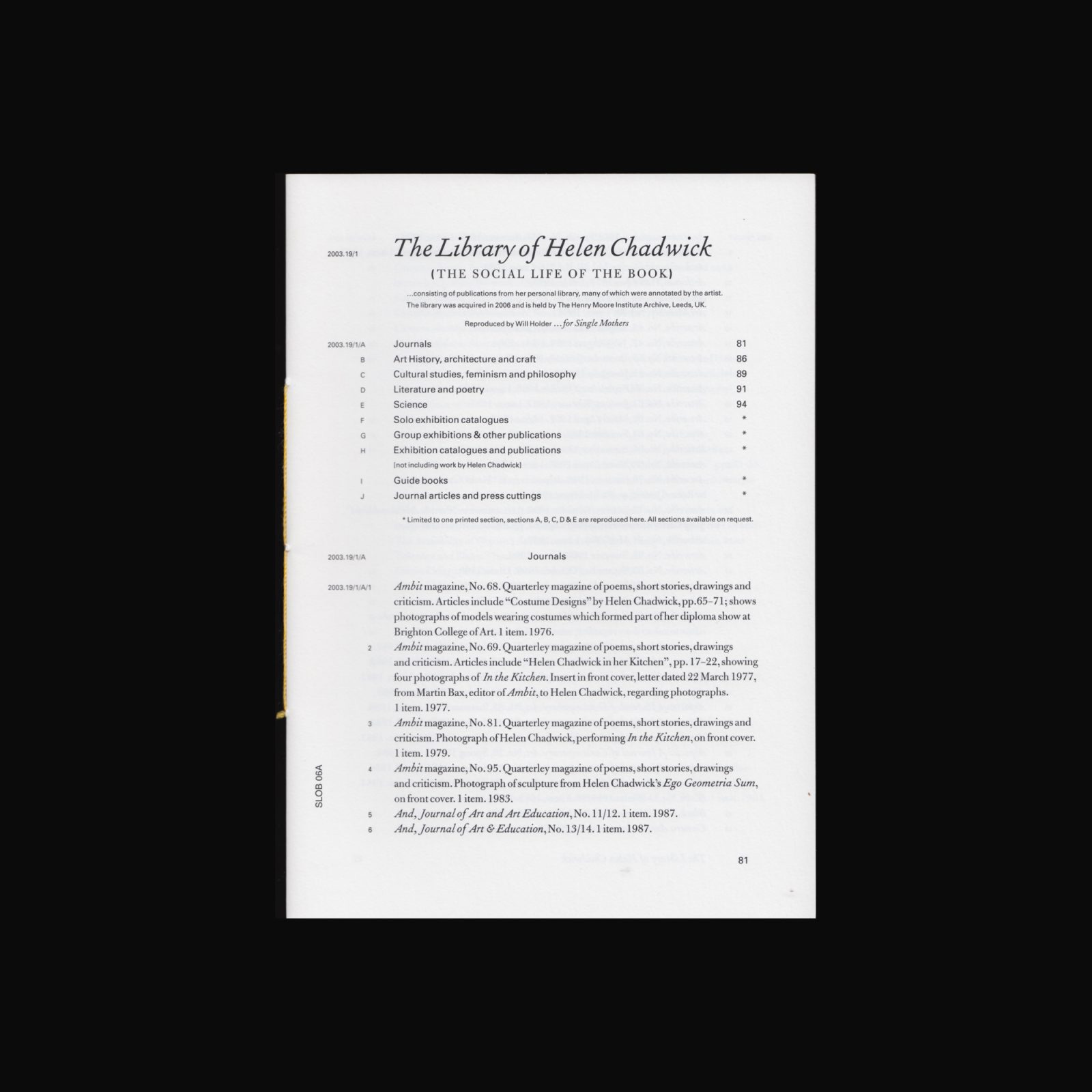
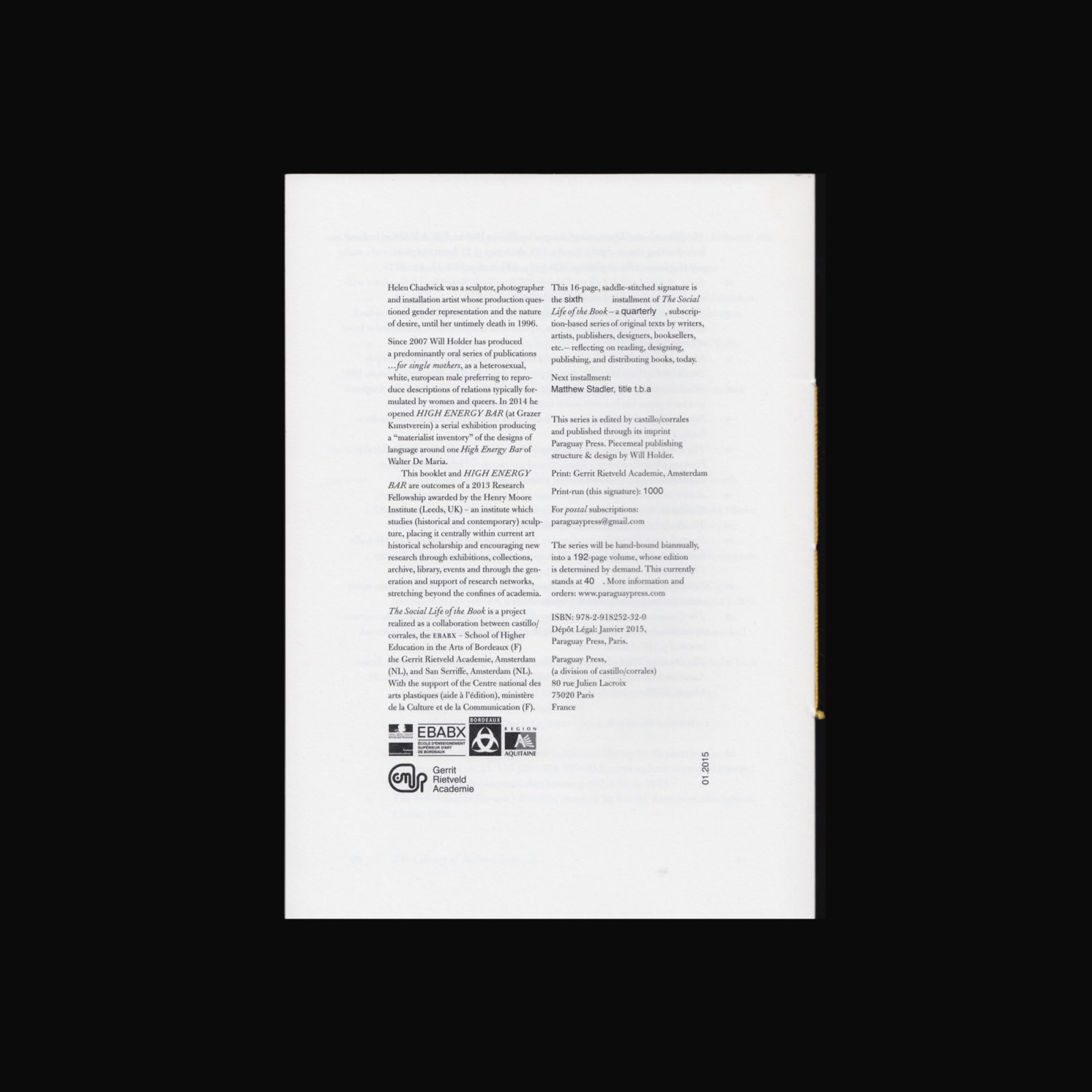
The 6th installment of The Social Life of the Book series is a section of the catalogue of publications from English artist Helen Chadwick’s personal library, reproduced by Will Holder for single mothers. The library was acquired in 2006 and is held by the Henry Moore Institute archive, Leeds, UK.
The Social Life of the Book is a collection of commissioned texts dealing with books, and how they engage with the circulation of ideas and the agency of social situations. It brings together artists, publishers, writers, designers, booksellers, etc. who consider books less as finished objects or forms but for their disruptive potential and their ability to produce new relationships, new publics and new meanings.
Designed by Will Holder.

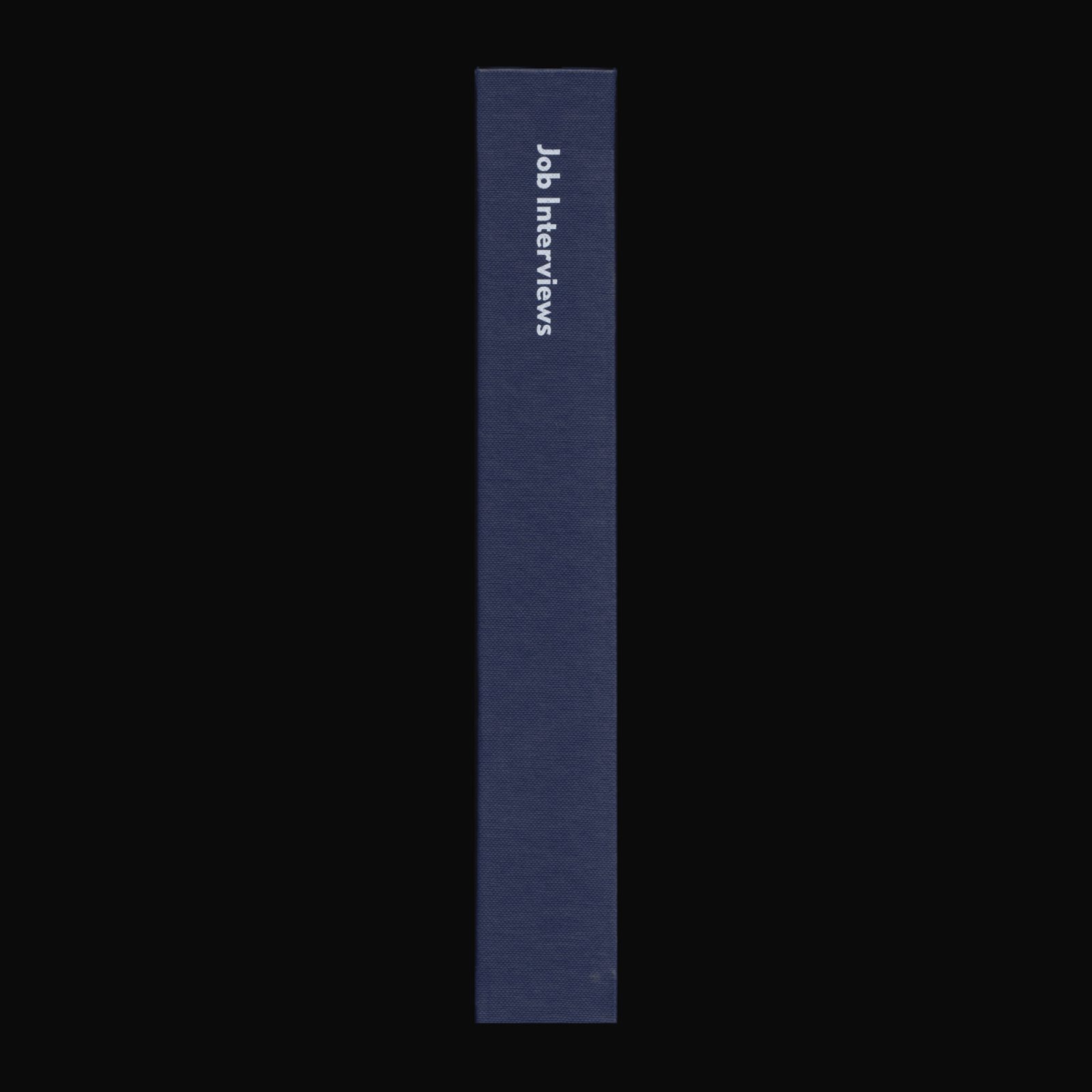
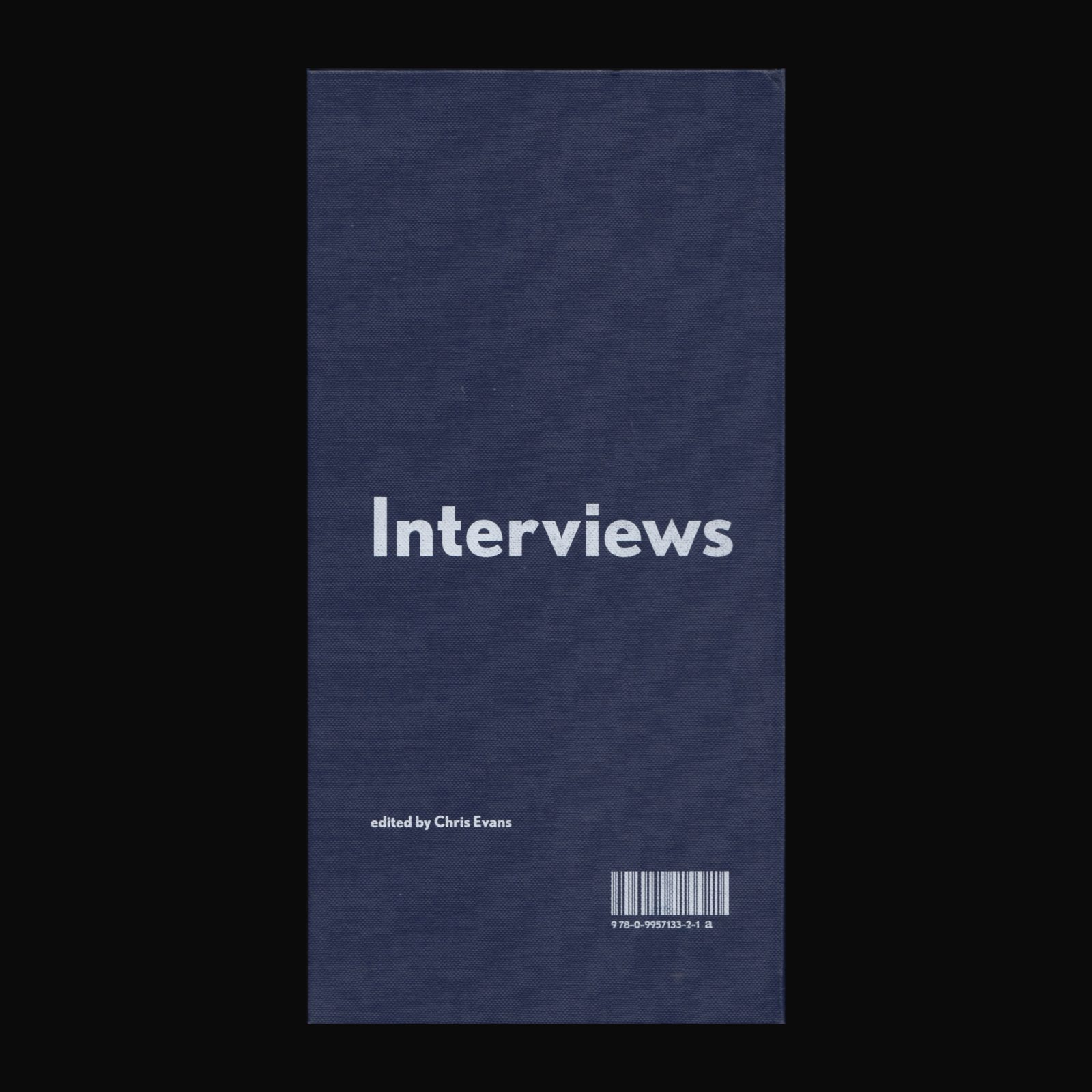
Edited and illustrated by Chris Evans, and co-published with Para Site, Hong Kong.
“The ritual of the job interview can be considered as a courtship that’s conditioned by protocols that ask for a quite particular display: with social relations as material, a dance of conformity, the attempted imagining and echoing of expectations.”
This anthology of commissioned writing includes contributions by Nadim Abbas, Howie Chen, Heman Chong, Matthew Dickman, Jason Dodge, Angie Keefer, Holly Pester, Natasha Soobramanien, Marina Vishmidt, and Jonas Žakaitis. Designed by Will Holder.